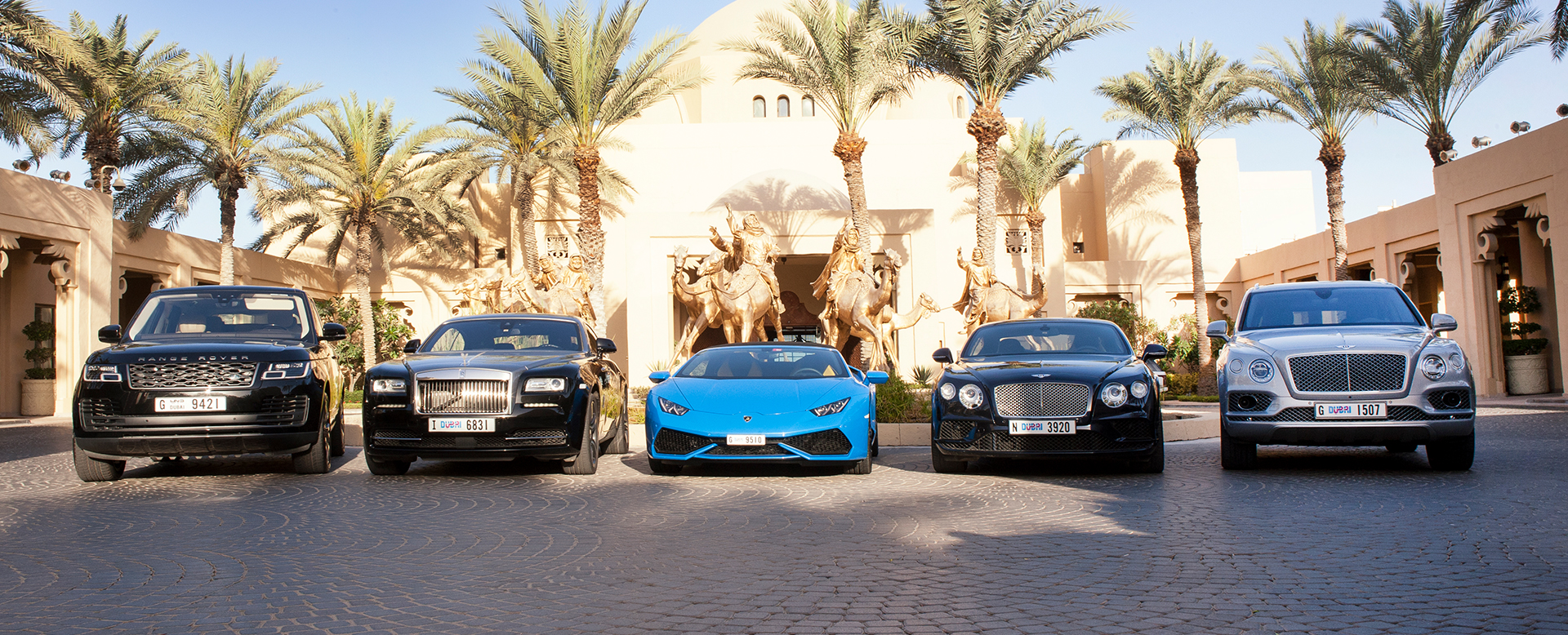Section 1.10.32 of “de Finibus Bonorum et Malorum”, written by Cicero in 45 BC

Prior to World War II, a wide array of European producers made luxury cars, including Rolls-Royce, Bugatti, Delage, Delahaye, Talbot-Lago, Bentley and Isotta Fraschini, Aston Martin, Maybach.
France was a leading producer of powerful luxury automobiles prior to World War II.[78] After World War II, the French government used puissance fiscale tax regulations to encourage manufacturers to build cars with small engines, and French motorists to buy them.[78] The Maserati-powered Citroën SM and the Citroën C6 were arguably the last domestic French luxury cars.[79][80] In the 2010s, some French manufacturers have attempted to develop luxury cars, however the lack of a historical legacy has hindered these efforts.[81] In 2014, Citroën introduced DS Automobiles sub-brand to market luxury cars.[82][83]
Following World War II, Germany rose to become an export powerhouse, building on success with the Mercedes-Benz brand, later joined by BMW, which now owns Rolls-Royce Motor Cars, and Volkswagen, which now owns Audi, Bentley, and Lamborghini.
In the Soviet Union, the manufacturer ZiL (then called Zis) began producing limousines in the mid-1930s and GAZ and joined the luxury car market in the early 1950s.
